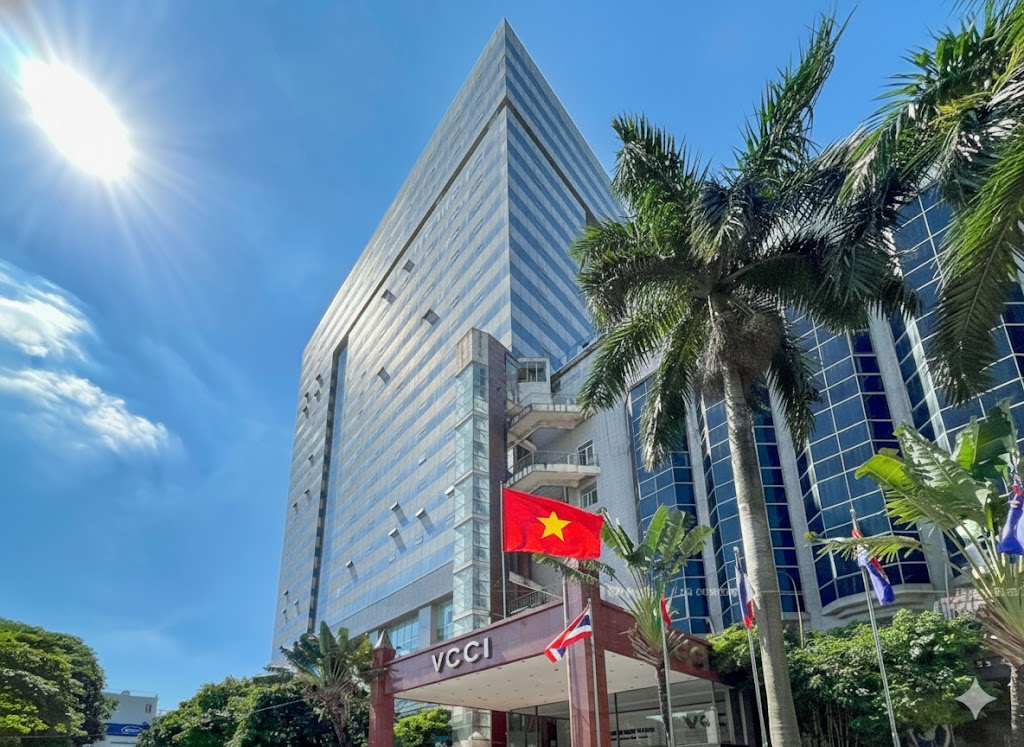Is it time for fiscal tapering?
After the record stimulus packages of the past two years, ASEAN policymakers appear reticent to withdraw policy support too quickly to avoid derailing the nascent recovery.

Construction on most of the 11 sub- sections in the North-South Expressway, scheduled to be completed during 2017-20, has been delayed.
Given a high-inflation environment, many countries have announced additional subsidies in 2022 to help cushion the impact of high fuel and food prices. In particular, Malaysia and Indonesia, the region’s main energy exporters, are well placed to tap into energy-related “windfall” revenue as a source of funding. Looking at 2023 budgets, the region will likely move back to a path of fiscal consolidation, albeit at different speeds. Singapore, Indonesia and Vietnam will likely lead the region with their plans/intentions to move closer to pre-pandemic deficits as a percentage of GDP, but Malaysia, the Philippines and Thailand will likely move at a slower pace.
Once again, Singapore is leading ASEAN with its credible fiscal consolidation plans. Although its FY2023 budget will only be announced in early 2023 and take effect from April 2023, the move to returning to fiscal prudence started in FY2022. Indeed, after delivering strong support during the pandemic, Singapore significantly reduced its fiscal deficit from SGD51.6bn (10.8% of GDP) in FY2020 to SGD3bn (0.5% of GDP) in FY2022. A large part of the improvement was due to the sharp withdrawal of pandemic-related support.
Granted, Singapore has maintained some support measures to help vulnerable sectors and households this year. They include a Jobs and Business Support Package worth SGD500m to strengthen its labour market and ease business cash flow needs. Meanwhile, households have also enjoyed some extended short-term assistance in the form of various vouchers, worth SGD560m, to help lower their cost of living pressure. However, the magnitude of the fiscal support was only a tiny fraction of the record-high cSGD100bn in FY2020 and FY2021 combined.
As inflation pressures intensified in mid-2022, the government swiftly announced a second support package worth SGD1.5bn (0.3% of GDP). That said, the message was clear: the additional support was to provide immediate relief for targeted low-income households and SMEs. Most importantly, the funding came from the stronger-than-expected FY2021 outturn and, as such, had no impact on the budgeted deficit.
HSBC said Indonesia and Malaysia are in a similar camp, but their fiscal outlooks are increasingly diverging. In 2022, both economies provided additional subsidies, mostly fuel subsidies and some on food relief and direct cash assistance in Malaysia. In Indonesia, half of the revenue “bounty” was used for higher energy
subsidies and the other half for fiscal consolidation, likely leading to a smaller-than-expected fiscal deficit of 3.9% of GDP in 2022. After presenting the 2023 budget on 16 August, the government expects the fiscal deficit to fall to 2.9% of GDP, implying a reinstatement of the 3% fiscal rule after a three-year break.
That said, fiscal consolidation will mainly come from cutting compensation to the energy SOEs, Pertamina and PLN, by around 1% of GDP. The energy subsidy outlays are not expected to be cut, remaining at around 1% of GDP in 2023. The authorities have realised that the fiscal cost of the subsidies are becoming untenable and raised certain fuel prices by c30% in early September, aiming to lower the record energy subsidy bill.
However, HSBC said Malaysia’s pace of fiscal consolidation will be slower than that of its peers. After committing to the record-high subsidy of MYR77.7bn (4.3% of GDP), its fiscal deficit is expected to fall only to 5.8% of GDP in 2022, thanks to higher-than-expected growth and Petronas’ second-highest dividends of MYR50bn. Going into the 2023 budget speech, we were arguing that there would be a delicate balance between fiscal consolidation and a possible election budget. The equation tilted to the latter after the tabling of the 2023 budget. Not only is the proposed expenditure likely to be the largest in history, the pro-growth impact should be widespread. While subsidies are expected to dwindle by c30% in 2023, they remain elevated at MYR55bn (3% of GDP), leading to a still-large deficit of 5.5% of GDP.

“This would mark the fourth consecutive annual expansionary fiscal policy, raising questions about the path to fiscal consolidation. Now, the bigger issue is political uncertainty. Three days after the tabling of the budget, Malaysia’s Prime Minister Ismail Sabri Yaakob dissolved parliament, paving the way for an election that must be held within 60 days. This means that the new government needs to re-table the budget after the election, which could take weeks or months”, said HSBC.
Elsewhere, the Philippines’ authorities are working on legislation for the Medium-Term Fiscal Framework, wherein government appropriations in the next six years will have to adhere to a deficit target that will decline by 1ppt each year. If successful, the government predicts that debt-to-GDP ratio will decline to below 60% as early as 2025.
In fact, even without this new legislation, the proposed budgeted spending in 2023 is only 4.7% higher than in 2022, whereas revenue is projected to increase by 10%. Unlike the Philippines, Thailand intends to continue its current expansionary stance. Its proposed FY2023 budget is 2.7% higher than the previous one, with most of the increase coming from plans to spend more on infrastructure and measures to help mitigate the rise in oil prices. However, revenue is only projected to rise 3.8%, resulting in a steady fiscal deficit as a percentage of GDP.
Aside from subsidies, in HSBC’s view, most economies will continue to reallocate funds to infrastructure development – a perennial priority for ASEAN policymakers and an important one after the pandemic disrupted the progress of mega projects. In particular, Malaysia, the Philippines, Thailand and Vietnam all appear to be relying on investment spending to propel the recovery. For example, the alaysian 2023 budget pencils in a 30%-plus increase in development expenditure, while also launching a master plan 2023-32 to introduce a new Public-Private Partnership (PPP) model to drive infrastructure projects.
Meanwhile, after being a consistent large spender on infrastructure – 6% of GDP annually – Vietnam is likely to top the region again. “To sustain strong economic growth and accommodate rising urbanisation, the economy increasingly needs to upgrade and expand “traditional” infrastructure. That said, many of the projects have suffered delays and cost overruns. For example, construction on most of the 11 sub- sections in the North-South Expressway, scheduled to be completed during 2017-20, has been delayed. In response, the authorities have promised to take a more active role in overseeing progress and easing the roadblocks”, said HSBC.








